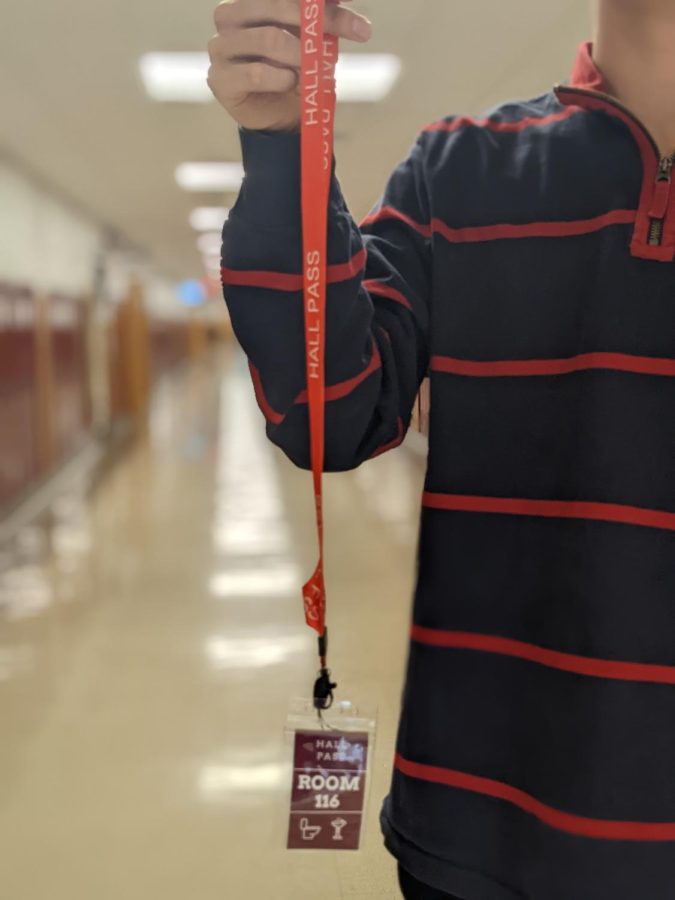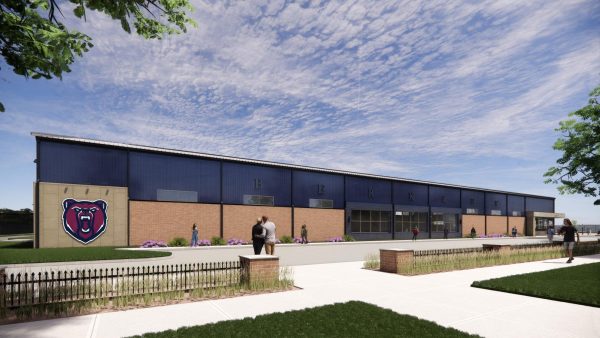BHS Administration Makes Changes to School Policies
As students returned to school and newcomers faced the BHS halls, back to school adjustments slowly became evident. More specifically, BHS put in place new policies that will affect all grades. In general, students will notice that access to the bathrooms and hallways will be different this year, as will the cost of parking passes.
The first and arguably most noticeable change has been the hallway and bathroom passes. In years past, many teachers have had lenient bathroom rules, as students could go whenever they wanted, with some exceptions. This year however, every class has only two passes, meaning that only two students can be out of each classroom at one time. Each pass is a lanyard that must be taken to and from the bathroom. Additionally, the passes are colored according to the floor the class is on. This means that people in upstairs classrooms cannot go downstairs with the pass, and vice versa. Understandably, many students were left wondering what prompted these changes.
According to hall monitor Cristin Alpert, the new hall pass policy is beneficial to her and her colleagues. Alpert noted that the color-coding makes it easier to see which students belong in the halls and which do not. “If I see it’s red, I know you’re downstairs and you’re using the restroom and your teacher knows you’re gone. If I see it’s blue, I’m running you back up the stairs,” she said. She also notes that the policy makes the hall monitors’ jobs significantly easier. She claimed that she sees the same people roaming the halls consistently. “It’s alleviated a lot of us saying repeatedly to students, ‘where do you need to be?’” she said.
When asked about the reasoning behind the hallway changes, Mr. Meloche cited people abusing the former system. He said some students were using the lack of bathroom passes to roam around the school. “Last year, our hall monitors were finding a lot of students in the hallways anywhere from 20-30 minutes and [we] wanted to be a little more consistent,” he said. He also mentioned that the rule applied more to people who need to leave to use the bathroom as opposed to those who have to leave for other reasons; a separate pass is needed to go to the Counseling Center or somewhere other than the bathroom. He also cited hallway traffic as another reason behind the change, as he does not want students to miss class instruction. Mr. Meloche finished his point by saying that “each of these rules were put into place so that our building is more safe and secure.”
But the more pressing issue to some is that some students feel that a certain degree of freedom has been taken from them. For example, freshman Tali Dines is not so happy about it, complaining, “If I need to leave [class], then I need to leave.”
Another new change this year that may have gone unnoticed is the use of more detailed maps and new names for two hallways. The new maps posted in each classroom are more detailed, with an individual room number posted on each. The maps also highlight other important locations, like the main office and each gym. The hallway attached to the cafeteria is now referred to as the “Cafeteria Hall” instead of being merged with the English hall. Additionally, the upstairs hallway containing the LMC is now named the “Library Hall”. While these seem like minor changes, they make navigating the halls and communicating classroom locations a lot easier. Especially for new students, the maps make it a lot harder to get lost in the halls.
According to Mr. Meloche, this change happened as an additional safety measure. Administration wanted to create a “common language for different parts of the building”. This language helps to create more effective communication for both staff and students in case of an emergency situation.
Shifting away from safety policies, one more new change this year is the price of the parking passes. In previous years, parking passes were $25, but this year the price has increased to $40. This one-time-per-year purchase allows junior and senior students to park in either student parking lot for the duration of the school year.
Responding to the $15 price increase, Mr. Meloche made the point that almost all schools with student parking lots charge for passes. According to him, charging for passes is “a way to both monitor and secure our lots.” This ensures that random people who do not attend BHS cannot park in the lots, reserving more spots for students. Mr. Meloche also mentioned that this was the first price increase for passes in his 16 year career. “We’ve been a little overdue for a change,” he noted. But where do parking pass funds go? Mr. Meloche stated that the money goes into a general activity fund. “We use it sometimes to supplement some of the building initiatives and activities we have at BHS,” he confirms.
Ultimately, the price of the passes, along with the rest of the changes, end up going back into the school and benefiting student life.







